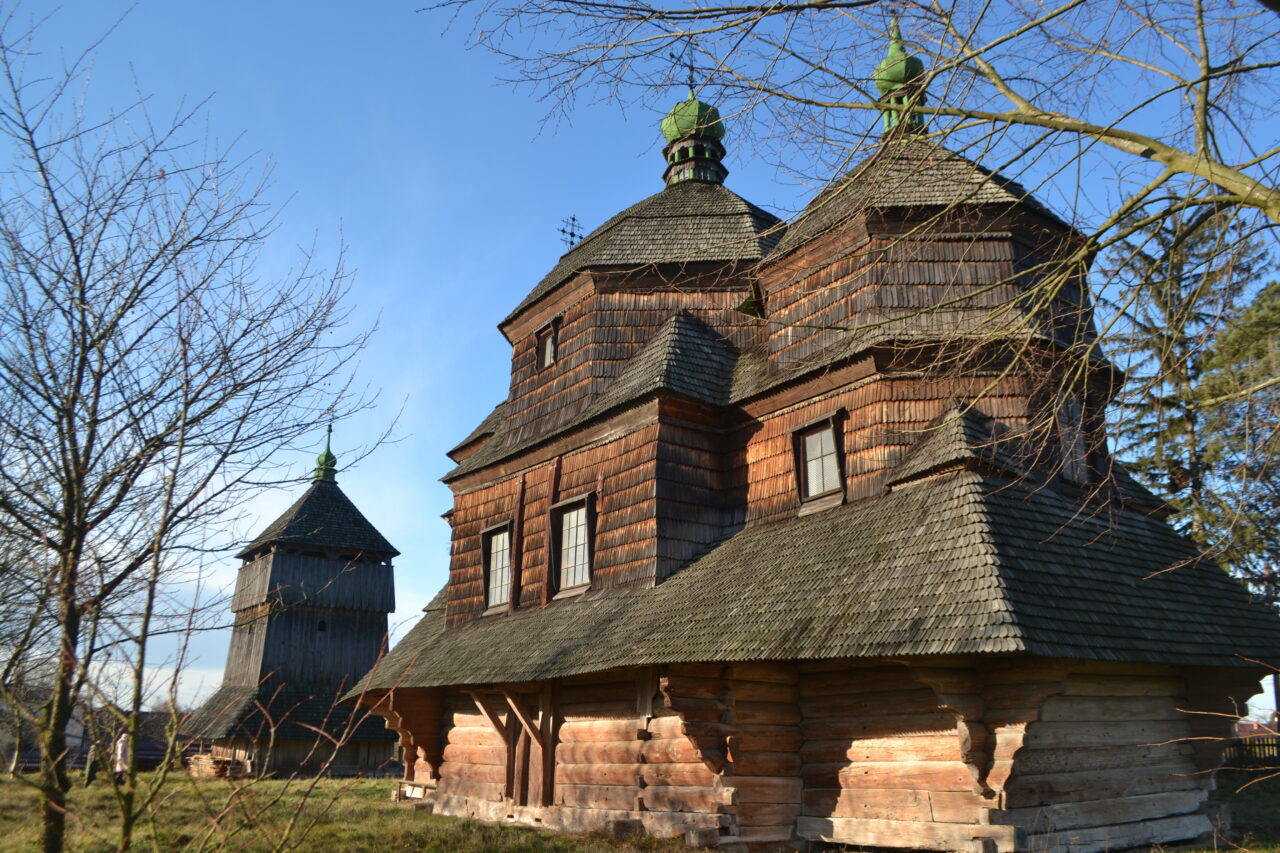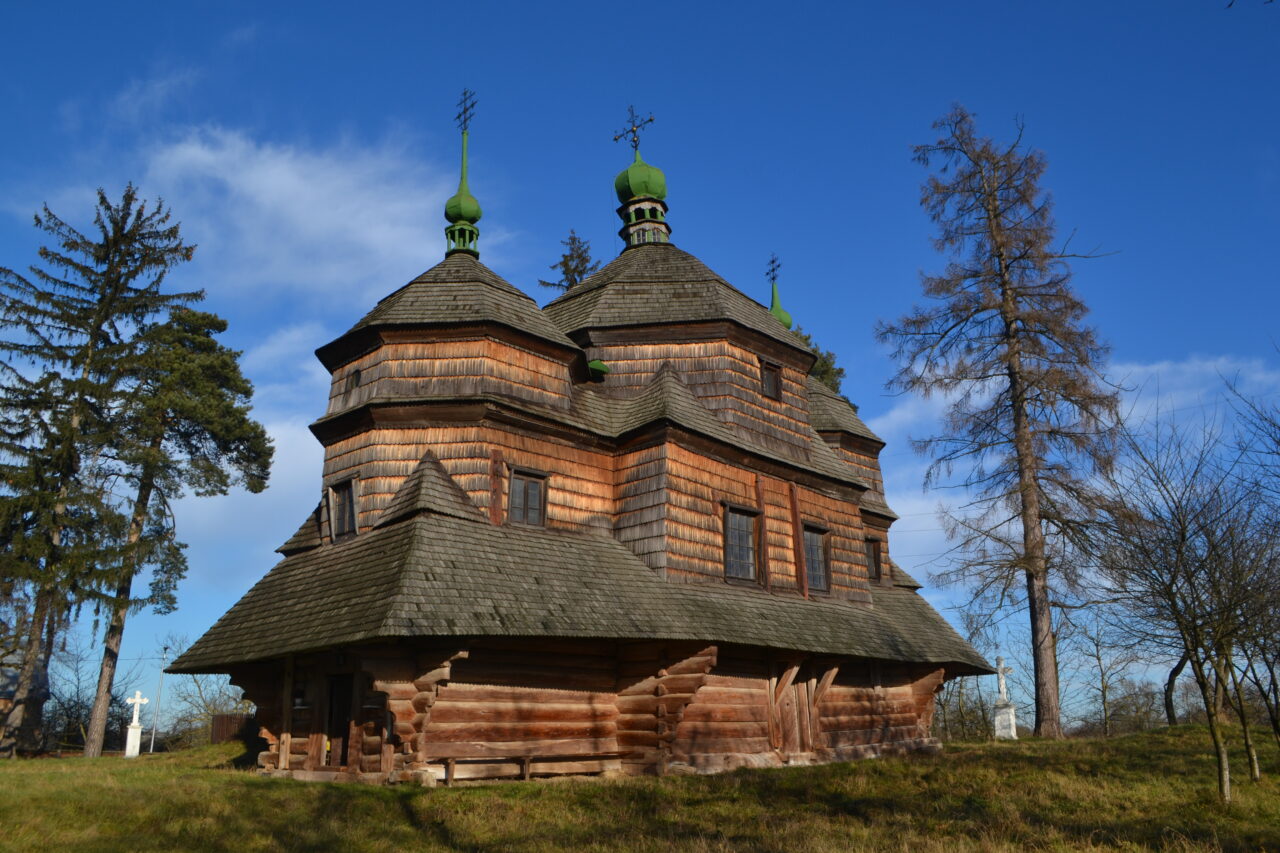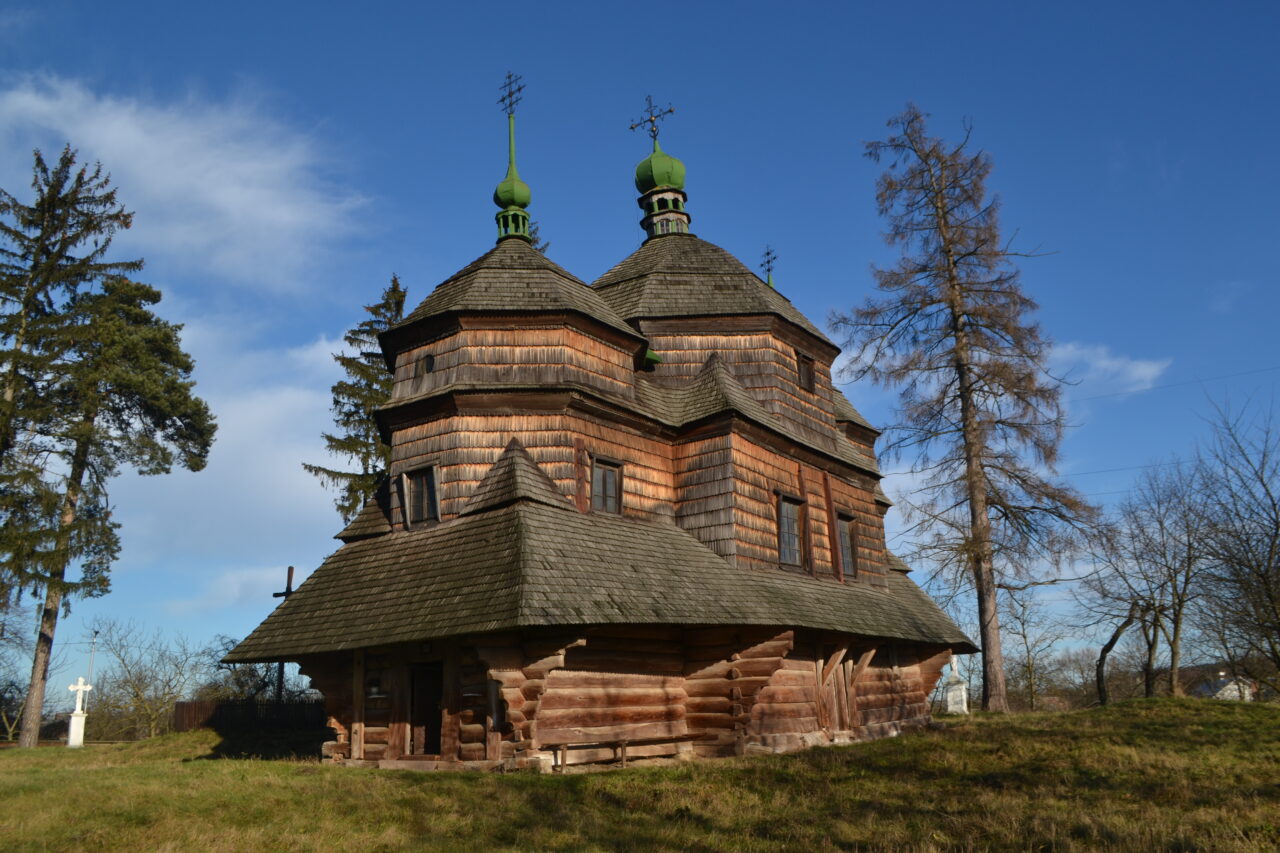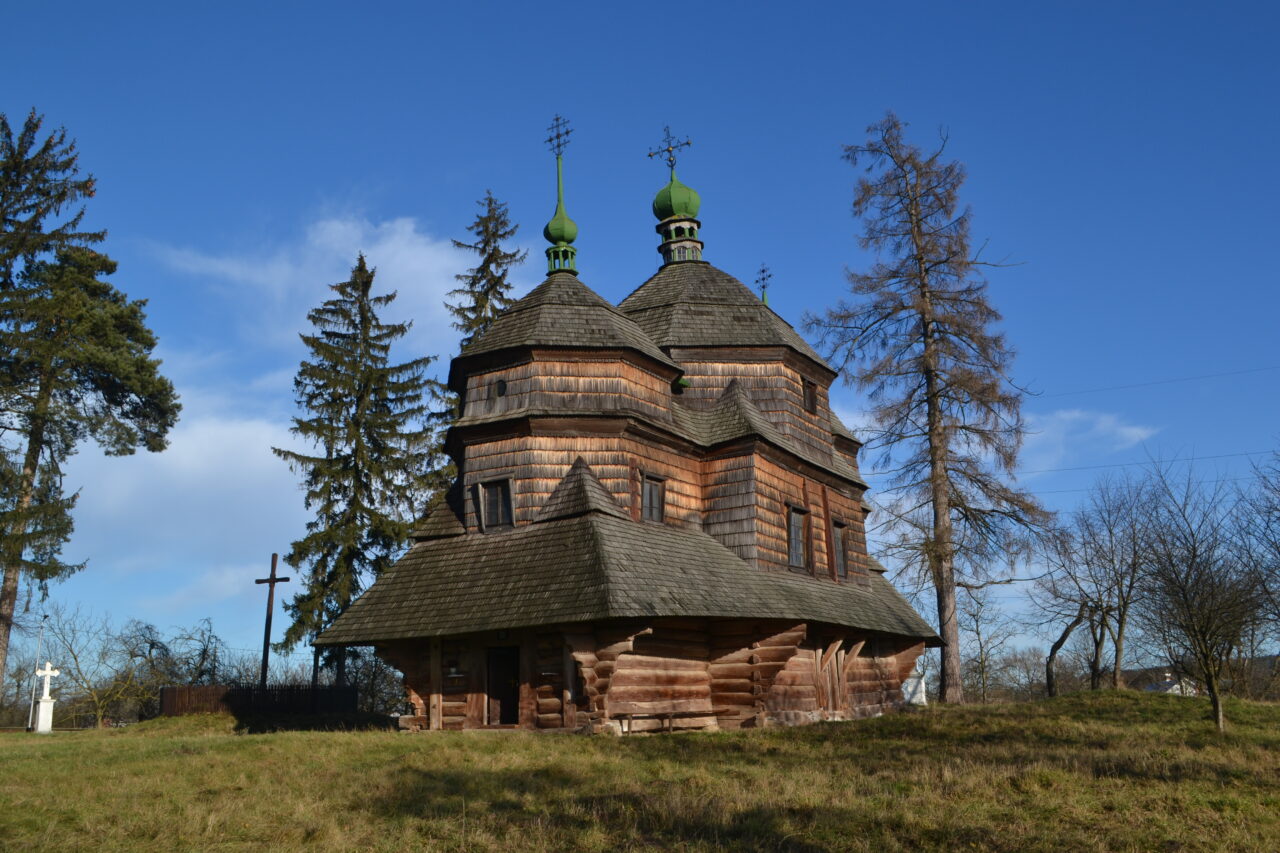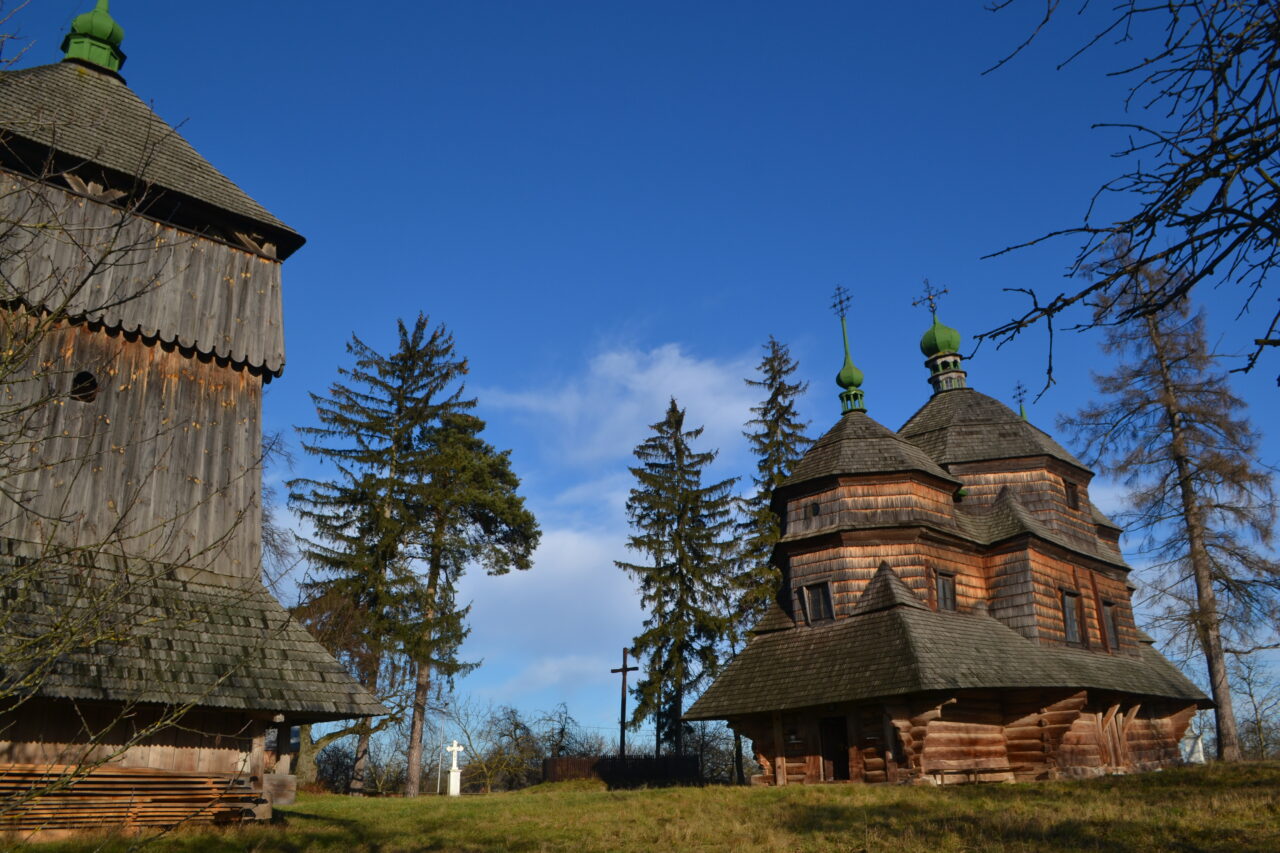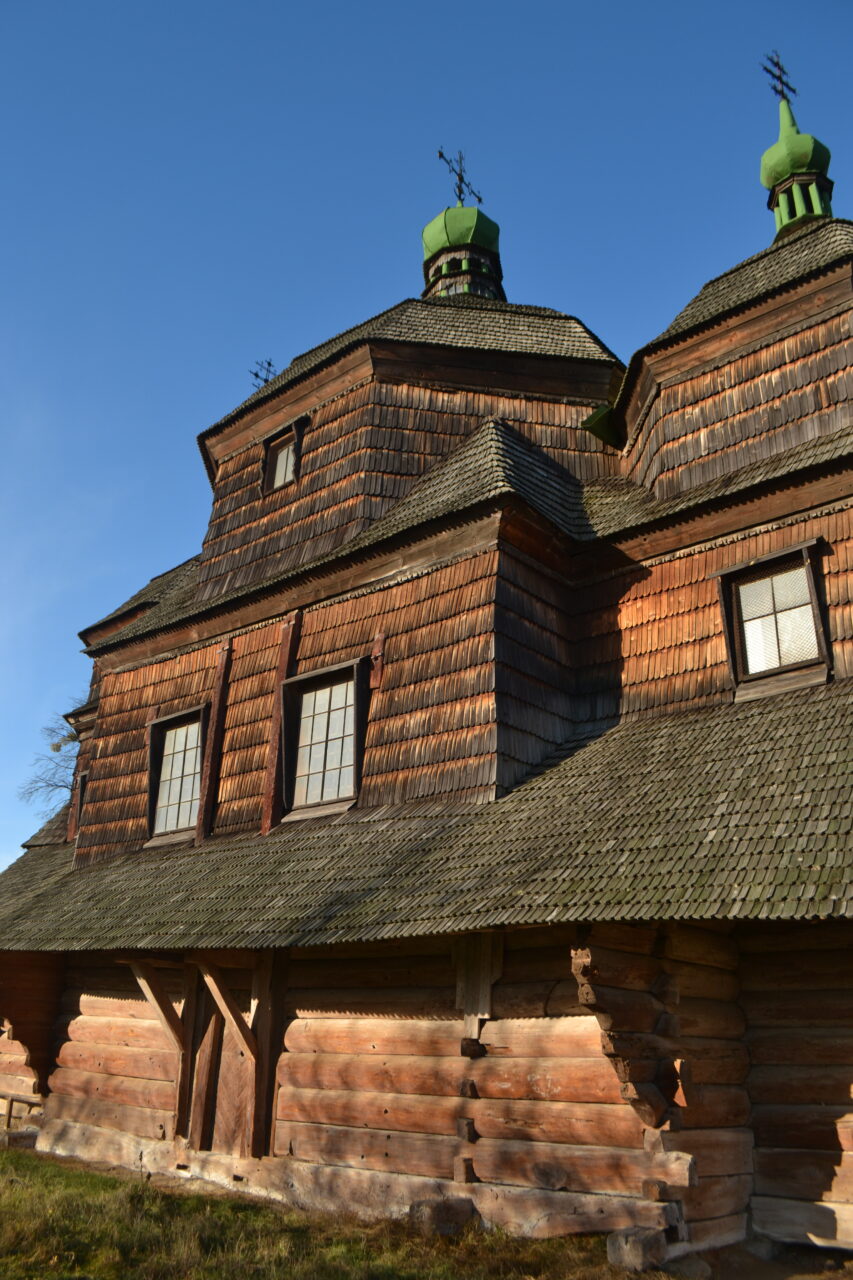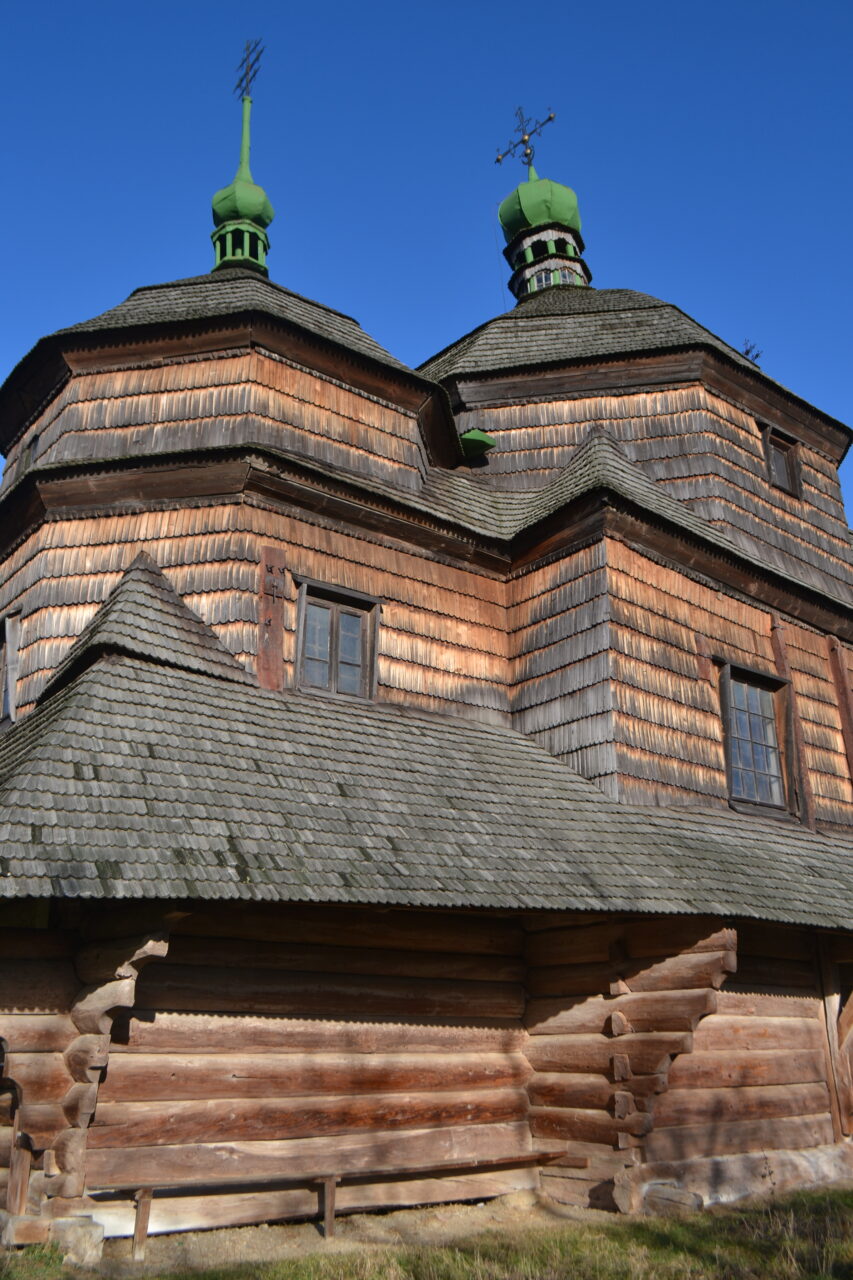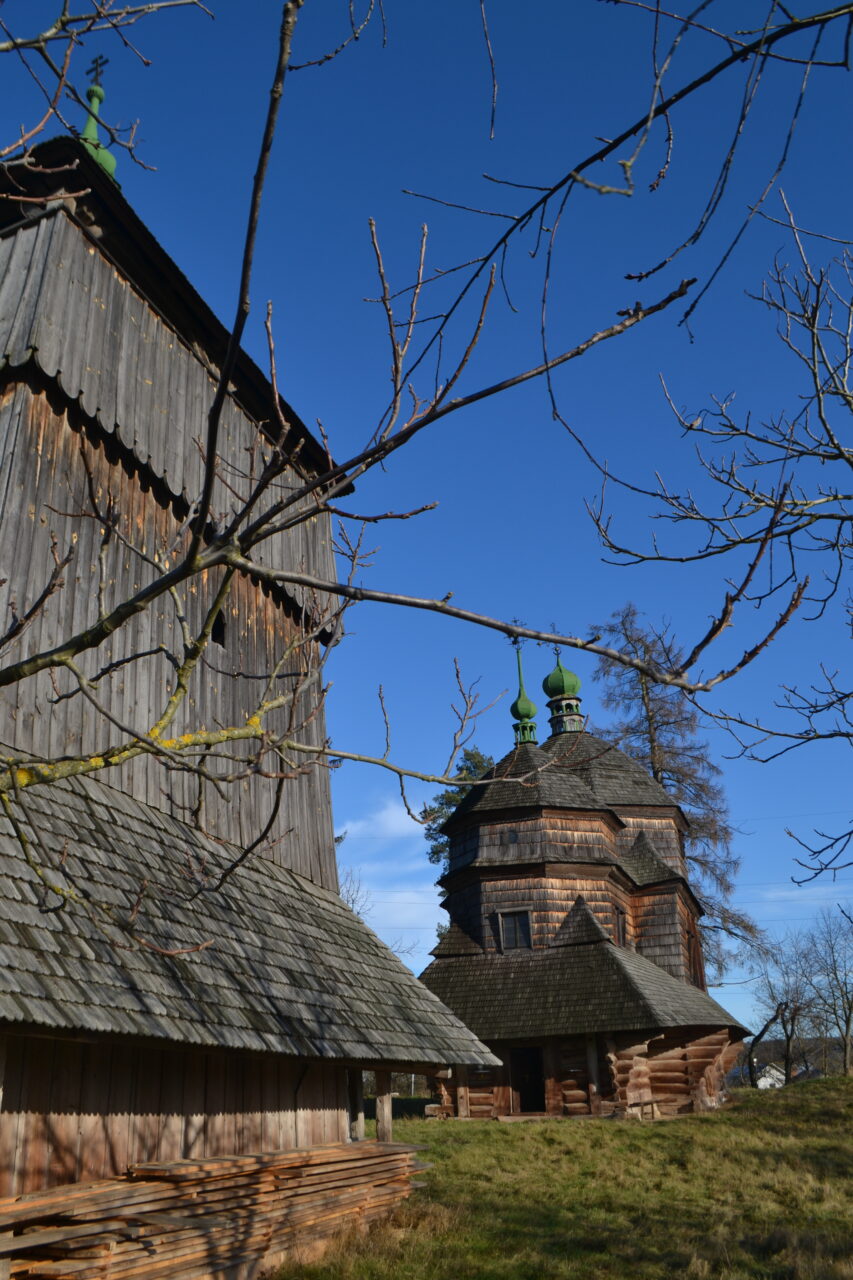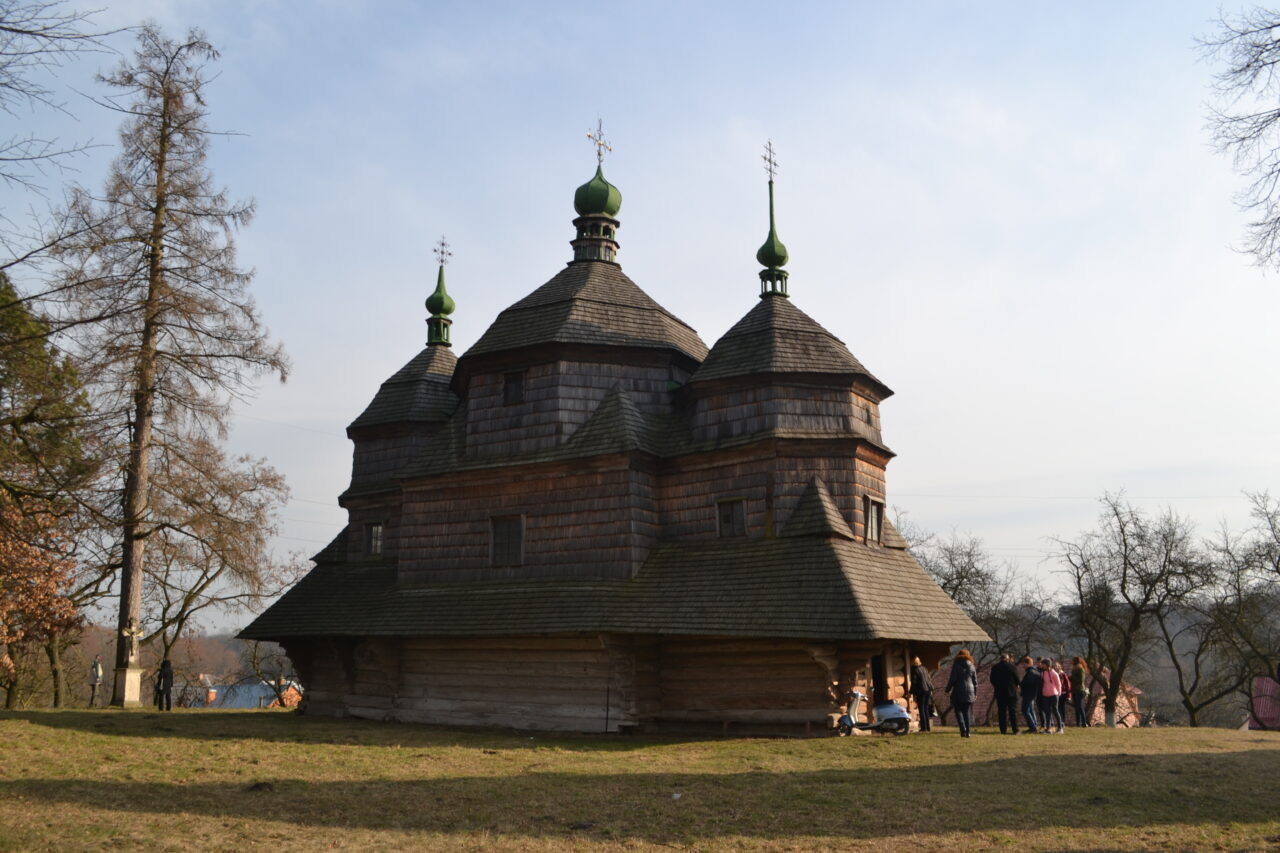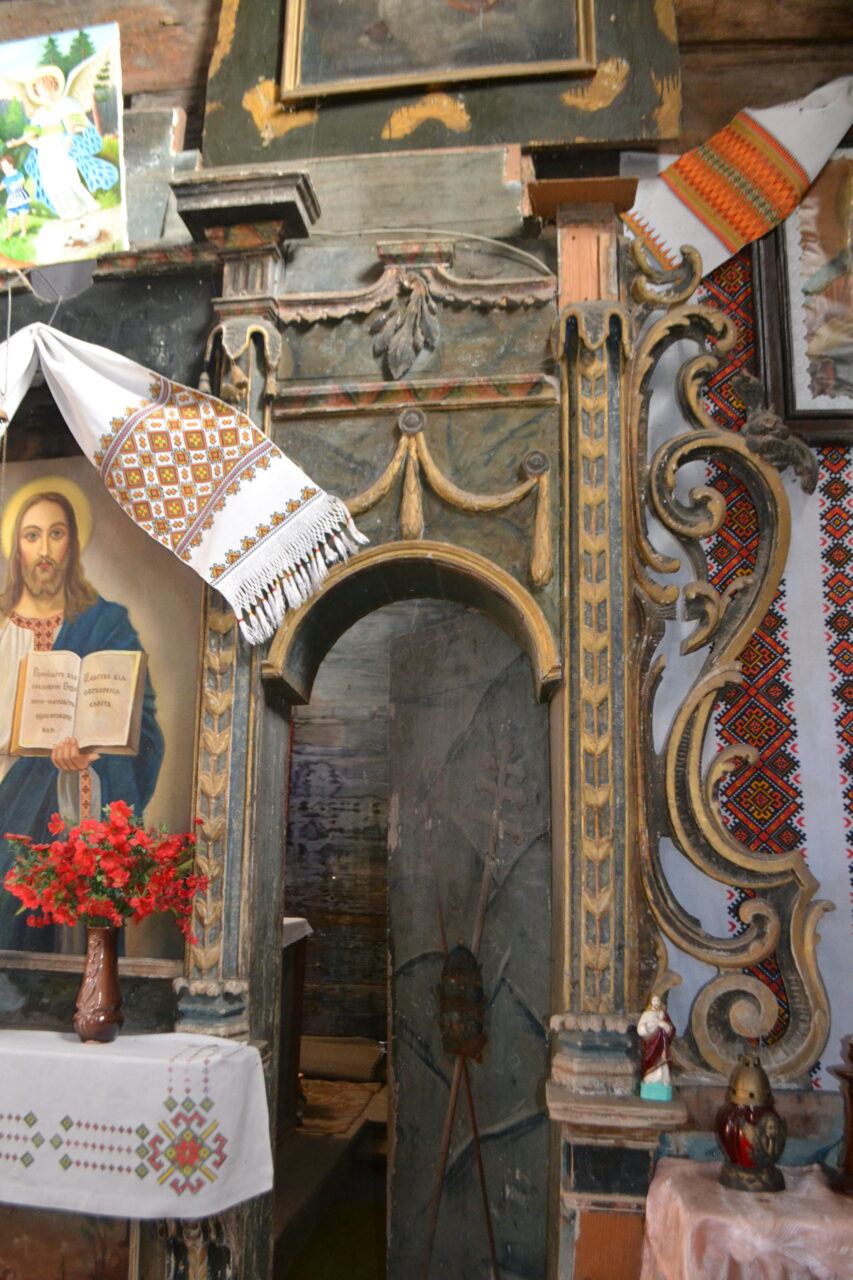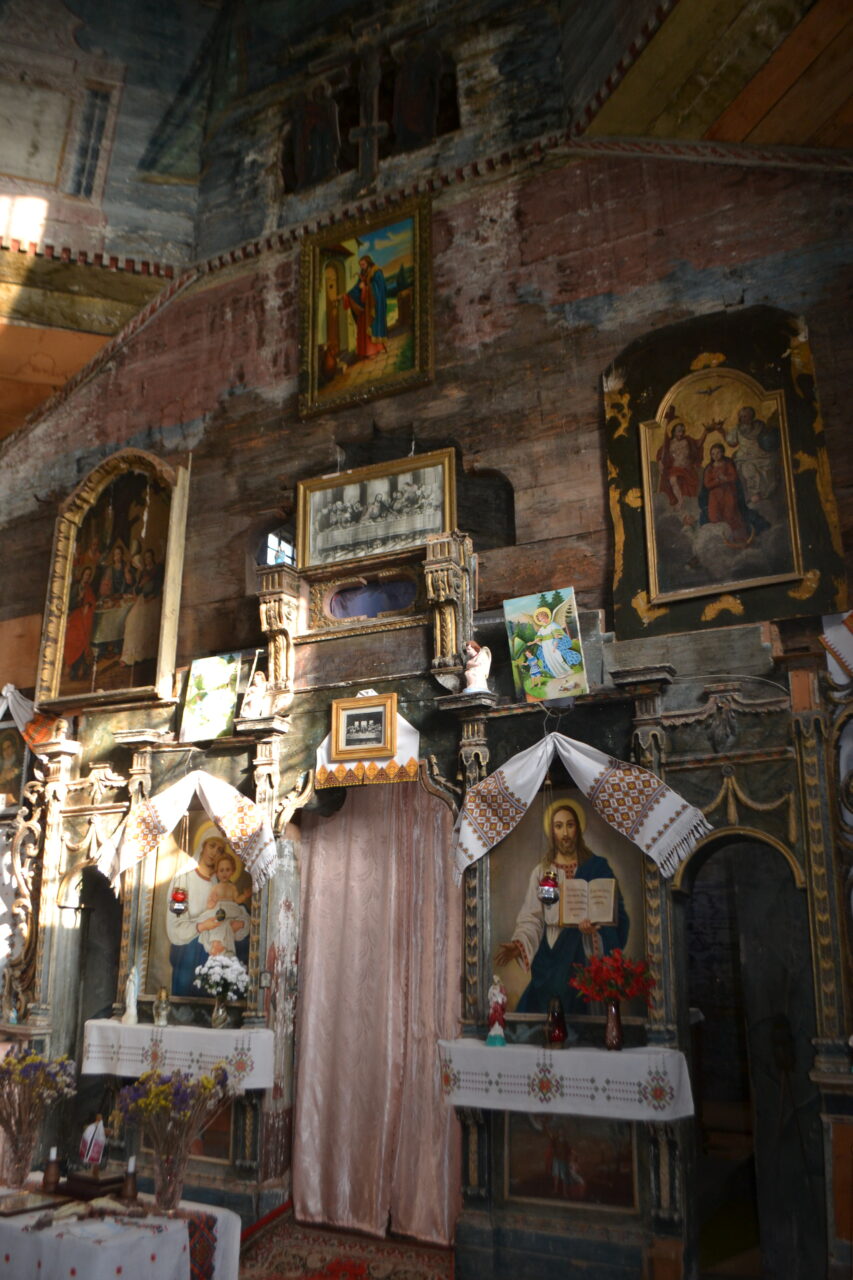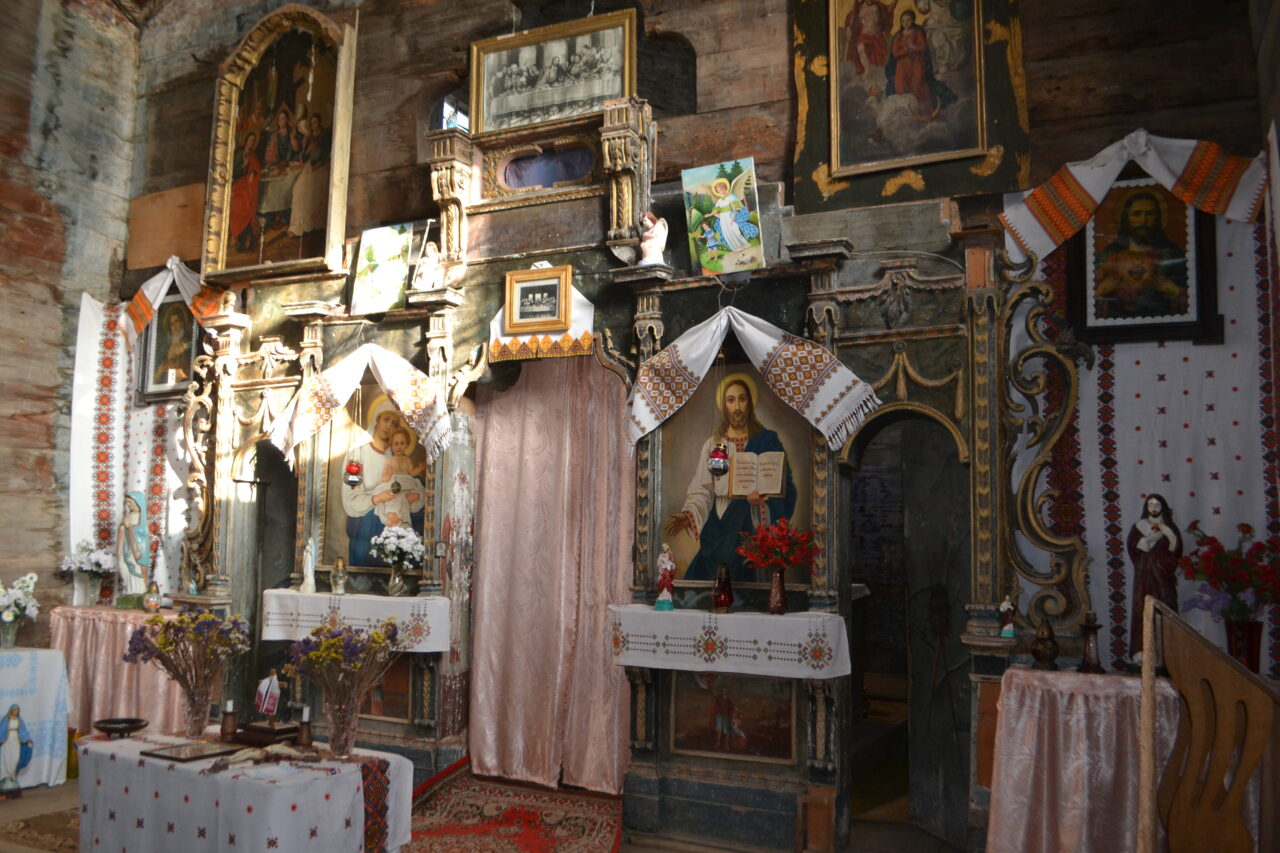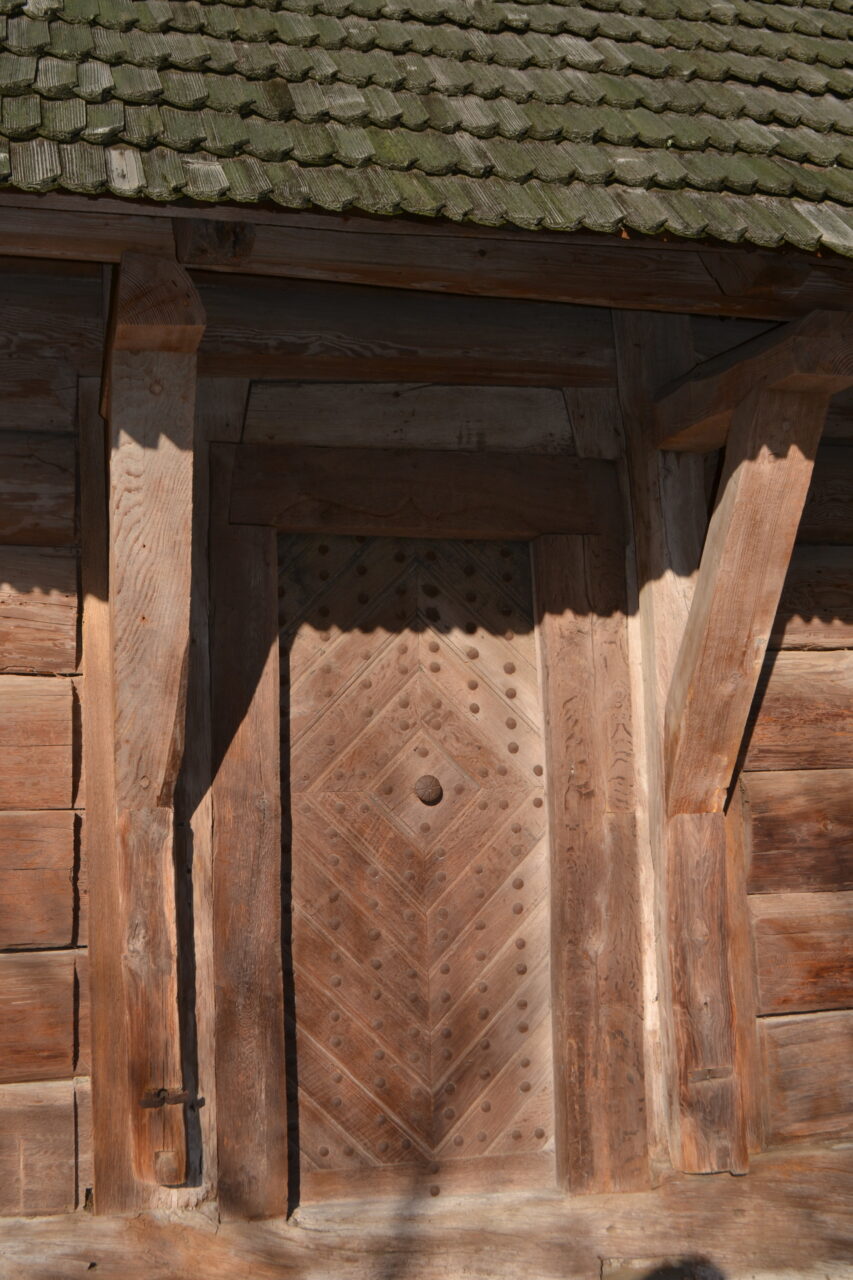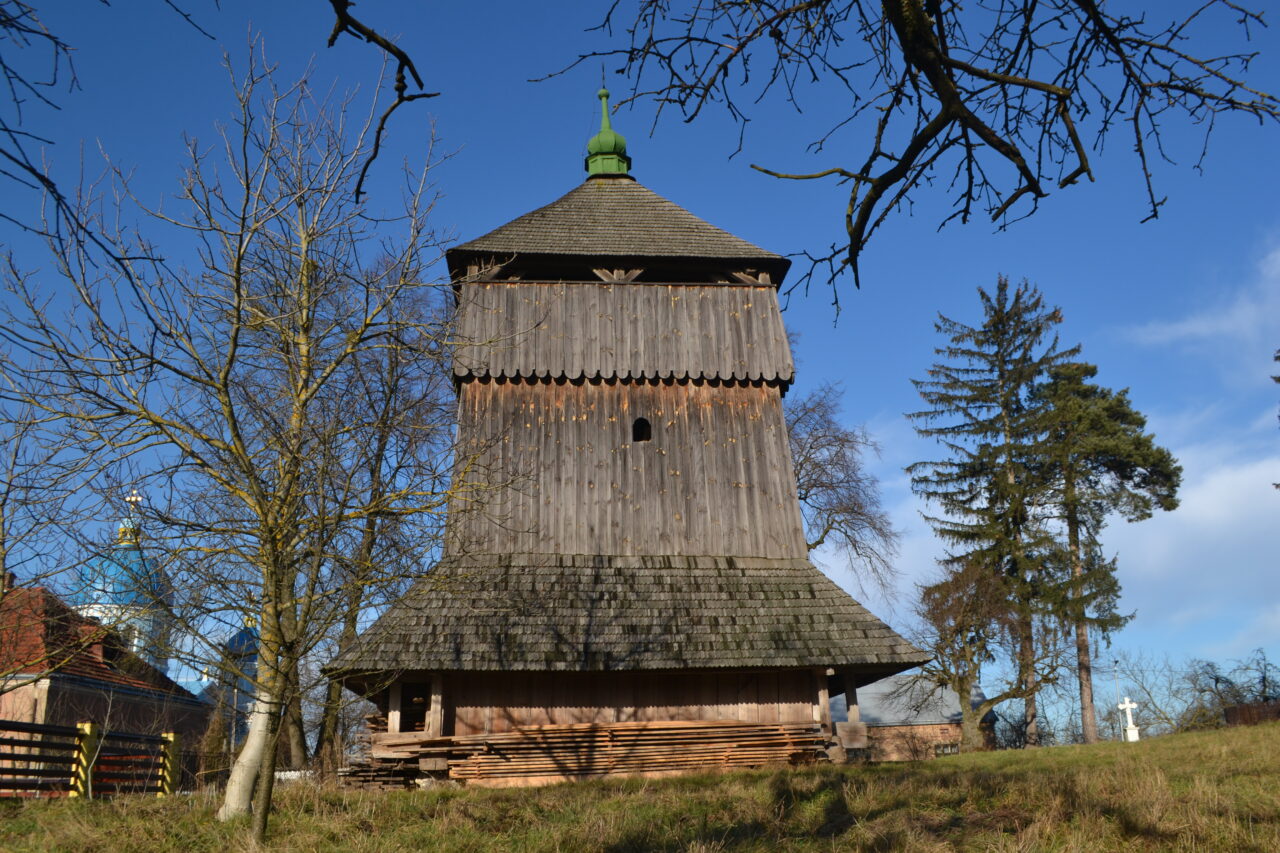In Horodok district in Lviv region there is a small town with a very interesting name – Komarno (komar is a mosquito). It is called the capital of mosquitos. At least this is how Oksana Senatovych, the author of ‘A poem about mosquitos’, mentions it. The town of annoying insects is located on the banks of the Vereshchytsia River. This is the Dnister river tributary. From the time immemorial this area was swampy. There were so many mosquitos, that due to them the town got its name. Despite the swampy terrain, people have mastered these fertile chornozem areas. Life here has evolved since ancient times. According to archaeological research conducted in 1960s, the settlement here originated in princely times. It was a part of the separate Zvenyhorod principality.
Komarno was first mentioned in written sources only in 1427. At this time Galician lands were already seized by the Polish king. In 1473 there is a memory of the city receiving the Magdeburg right. During this time the town began to develop and expand. It had its own market square, the construction of a castle and a wooden church began, and the fortifications were being changed. In addition to creating a powerful defense system, the city was protected by swamps and flood plains. Numerous river Vereshchtsia branches divided the city into separate parts. All this made it possible to withstand multiple raids.
Nowadays Komarno is a small town with about 4000 dwellers. A lot of tourist attractions have been preserved in the town. They witnessed the past and remind of the turbulent town history. Among them there are: Renaissance defensive church of the Blessed Virgin Nativity (1656), a memorial obelisk from the 17th century, ramparts of the fortress castle of the 17th century, the park, villa and tHe ruins of the Liantskoronovski castle of the 19th century, a catholic cemetery impressing by its amazing sculptures, monuments and mini Polish catholic church, church of the Holy apostles Peter and Paul of the early 20th century, and two St. Michael’s churches: a brick and wooden ones.
At the town entrance, if you go from Mykolaiiv or Shchyrets, you will be attracted by a large brick St. Arch. Michael church, built according to V. Nahirnyi’s project. Before the church you should turn left into the narrow, winding Petryk Street. It will lead you to the small ancient wooden church. This is also St. Michael’s church, which is hidden in the trees shades on a hill above the river bend. This is one of the brightest examples of the Galician wooden construction school.
The church was built in 1754, which is noted in its interior. Some people assume it was the year of reconstruction. It is believed the temple was built on the site of its predecessor, the St. Trinity church. The church yard is surrounded by a wooden fence. Behind it you can see the church and opposite the narthex there is a bell tower. Together they create a luxurious wooden ensemble of this building. Pine beams were used to build the walls of the temple, and brick and stone were used for the foundation. The elongated church shape is formed by three logs. The wide attic surrounds them around the perimeter. It creates a perfect harmonious composition, granting it with luxury and original character. At the each log corner there are protrusions that support this massive long gallery. Under it the walls of all temple parts are made of open beams, and under it they are covered with shingles. The narthex and the altar part in the second tier of the temple have rounded shapes due to the cut corners. The main nave, located in the middle of the building, has a rectangular shape with sharp corners. Each log house is completed by a shingled dome decorated with open roof lanterns. Above the main nave the roof lantern is two-tiered, which grants it with dominant character.
During its existence, the church has undergone several restorations: in 1891, then in 1920s. Unfortunately in 1924 the church was conserved against further damage and closed. In 196501967 the architect Ivan Mohytych was working on the new restoration and returned it to its original appearance. However the church still wasn’t fulfilling its purpose, so in order to preserve it a national museum was created here. But the destruction of the building didn’t stop at this point. The temple met the 21st century in a damaged condition. Nowadays the church has been renovated. It happened due to the conscious Komarno community. Despite the different confessional affiliation, the Greek-Catholics and the orthodox united to save the architectural monument. In 2005 the church roof was covered with new shingles.
St. Michaels’ wooden church in Komarno is one of the few that escaped the fate of ‘tin and plastic’. These days the church is closed. The Liturgy here is served only a few times a year. The temple belongs to the Greek-catholic community, who own another church (St Peter and Paul church) in the town center. However the old wooden church is not forgotten. Together with other residents they try to preserve the monument themselves. In 1810 there was a fire in the town, which destroyed the parish church in the center. Then, the St. Michael’s church was a parish one for the Greek-Catholics in Komarno for 39 years.
The most curious traveler will be able to curb their curiosity and have a good time in Komarno. Fans of Galician wooden architecture will be extremely impressed by this building.

